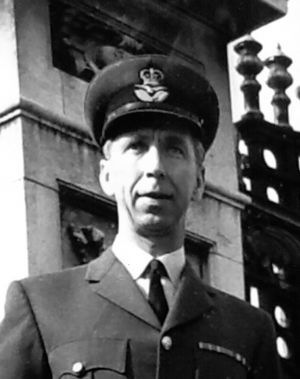Griston
From Lacey Green History
Research by Joan West
In 1823 Goodacres Lane did not exist. The land on which it was later constructed was part of the vast common of Princes Risborough which covered much of Lacey Green and some land on the hilltop of Loosley Row. Click Princes Risborough Common to see two maps.
The first map shows the full area of Princes Risborough Common.
The second map below that shows the changes made in 1823 when the Enclosures of Princes Risborough took place.
Before 1823 there were no roads in Lacey Green village. The route from the Hughenden Valley to Princes Risborough ran through Speen, along Highwood Bottom, cut straight across Princes Risborough Common to the pond behind Windmill Farm. It proceeded down towards Princes Risborough joining Woodway, which was already an established route and on to the town. In 1823 the proposed Main Road in Lacey Green was confirmed in the 1823 Enclosures.
The land on which Goodacres Lane was constructed had formerly been part of Princes Risborough Common, part of the Manor of Princes Risborough. Cows from the town were brought up here to graze. In 1823 this part of the Common was bought by John Grubb, the Lord of the Manor. On the second map above, it is coloured plain green and shows Windmill Farm. He gave a small part of it to the new Lacey Green Church as Glebe land. The Remaining Land stretched from “Windmill Road”, later called "Pink Road" to the north to Kiln Farm to the south. The only properties on it were the Windmill on Windmill Farm, and the Kiln and Kiln Farm on the southeast. In 1841 John Grubb, being bankrupt, sold it to to Lord Buckingham and Chandos who also became bankrupt and in 1848 put it up for auction.
John Cheshire, tenant of Windmill Farm, miller, wishing to own his rented property, purchased this lot.
John Cheshire struggled to cope with the size of his mortgages. By 1861, after several mortgages with various people the sole mortgagee was Frances Josephine Irving of West Worthing, Sussex
In 1889 as £1,300 plus accruing interest was now owing by John Cheshire, the said F.J.Irving was enabled to sell several plots of land. These included -
Sold to William Saunders, of New House Farm, Denner Hill, Great Missenden, for £730: -
Schedule. - 1. The field of arable land ( This is the site of Walnut Tree House) at Lacey Green, containing 7 acres, 19 poles, bounded on the S by a proposed new roadway (later to become Goodacres Lane); on the north by property of John Cheshire, mortgaged to Frances Josephine Irving: On the South by property of John Cheshire, but recently remortgaged to Mary Ann Buckmaster
2. The arable field at Lacey Green known as the “Hillocks”, formerly part of Kiln Farm, then containing 30 acres 2 roods 14 poles, but a small portion having been sold, it was found to contain 29 acres 1 rood 37 poles. (This is the field straight ahead at the bottom of Goodacres Lane).
Which herein 1st and 2nd described, together with full right and liberty for William Saunders, in along and over the proposed new roadway, 16 feet in width and abstracting presents recently set out by Francis Josephine. click William Saunders & Bethia Janes for more about William Saunders.
1976. The house called 'Griston' was built on the north side of Goodacres Lane, Lacey Green, The 7th from the Main Road, the opposite corner of a track off to the north which led to Hillcrest and Walnut Tree House.
Squadron Leader John Granville "Dixie" Dean. click John 'Dixie' & Edith Dean for more details, moved to to 'Griston', Goodacres Lane, Lacey Green in 1976.
Service Career
1936 Joined RAF Trained as Electronics Engineer at RAF Halton
WW2. Postings around the Mediterranean
1949 Married Edith at Mansfield. (Edith was a nurse in London)
1953-55 RAF Base near Newark.
1956-59 RAF Binbrook, (bomber squadrons)
1959-61 Signals Officer RAF Jever, Germany. Researcher’s Note. It was at RAF Jever that 'Dixie' met Bob Barcelon, who also retired to Lacey Green.
1961-63 Signals Development Squadron, RAF Watton, Norfolk.
1963-65 RAF Wyton, Cambs. 51 Squadron. Researcher Note. It was only following the end of the Cold War that the signals intelligence role of the squadron was publicly recognized.
1965-68 RAF Watton, 360 Squadron, Joint Electronic Warfare Trials and Training Force.
1969-73 Strike Command, Walters Ash. Electronic Warfare
The photo above right was taken outside Buckingham Palace after John Dean had been awarded the OBE. His wife Edith had accompanied him on that occasion. Research Note'''. During the years 1963- 73, Dixie’s work was top secret and he and Edith were restricted where they could travel for their own security. He was awarded the OBE for the work he did at that time.
Post Retirement from the RAF
John 'Dixie' Dean worked for Trend Communications, High Wycombe
He died in 1984 aged 61.
Edith later moved north to be nearer to family.


